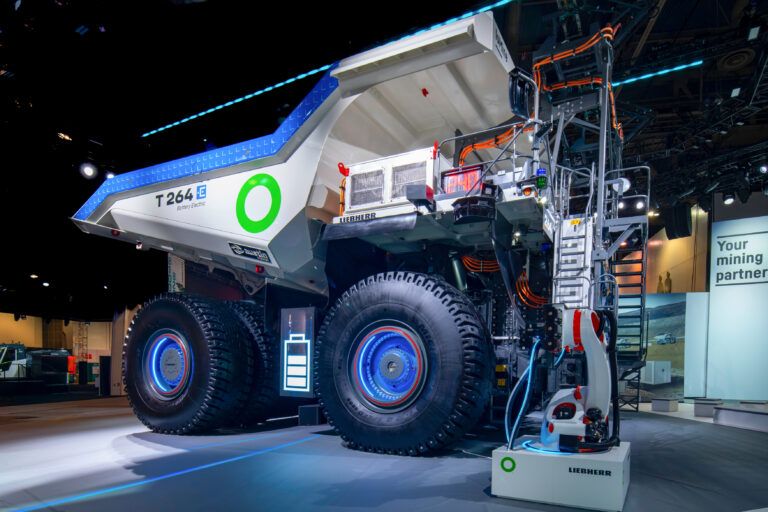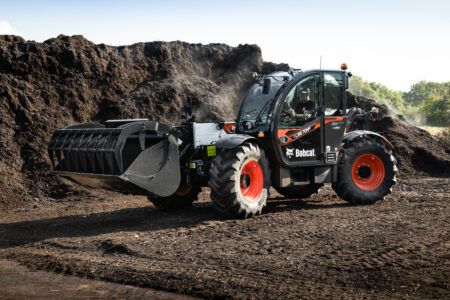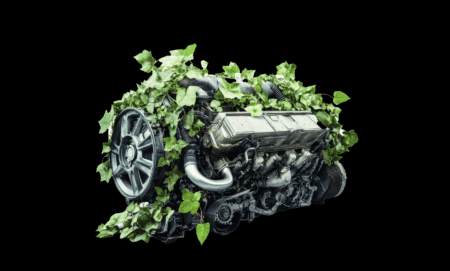Liebherr’s deal with Australian mining giant, Fortescue is creating a fleet of giant, zero-emission electric vehicles designed to eliminate carbon emissions from operations by the end of the decade
Large vehicles have long been considered the most challenging to decarbonise, but a new partnership between Liebherr and Australian mining giant Fortescue is demonstrating that large-scale electrification is not only possible but economically viable. At $2.8 billion the Fortescue contract is the single largest equipment deal in Liebherr’s 75-year history and Fortescue’s largest ever contract. The partnership encompasses 475 zero-emission machines: approximately 360 autonomous battery-electric trucks, 55 electric excavators, and 60 battery-powered dozers.
For Fortescue, the partnership is a cornerstone of its Real Zero target – eliminating carbon emissions from its Australian iron ore operations by 2030. Dr Andrew Forrest, Fortescue’s executive chairman, frames this as both an environmental imperative and business opportunity. “The world needs Real Zero now – it cannot afford to wait,” said Forrest in a presentation at the opening ceremony of Bauma in April. “The green solutions we need are here today, and Fortescue Zero is supplying them and rolling them out across our massive mining operations.”
At the heart of the partnership is the T 264 Battery Electric rigid mine hauler. Richard Kraemer, haulage electrification solutions manager for Liebherr, explains the integration: “Fortescue Zero is our battery power system supplier. They make all the sub packs and all the necessary components that go with it, which we integrate into our truck.”
Fortescue started developing electrification solutions in 2022 when it bought Williams Advanced Engineering (WAE), the battery and technology arm of Williams Formula One racing team. In 2024 WAE was rebranded to Fortescue Zero, as part of the company’s Real Zero project.
Fortescue Zero has developed a 3.2MWh battery system to power Liebherr’s 240-tonne capacity truck, with charging via three distinct methods. The first method is a static fast-charging solution, which can deliver up to 6MW of power through an automated robotic connection arm using two Megawatt Charging System (MCS) connectors, with 30-minute fast charging capabilities.
A second charging option is power transfer using Power Rail, which is an evolution of proven trolley bar technology. “This takes the traditional benefit of trolley assist, which is done through overhead lines, but does it through a sidemounted rail,” says Kraemer. “This optimises installation time, while providing an efficient means of power transfer to the truck.”
Finally, the truck is equipped with regenerative braking technology. “While the truck is operating downhill, in a typical diesel truck, that energy would be released through braking. Now it is captured on the onboard battery power system,” says Kraemer.
“The world needs real zero now – it simply cannot afford to wait”
Battery options
Fortescue Zero has developed two battery configurations to address different operational requirements. The energy capacity battery functions “like a big fuel tank,” providing longer running times where charging infrastructure may be limited. This version requires approximately one hour to charge and offers a lifecycle of two to three years with approximately 3,600 charging cycles.
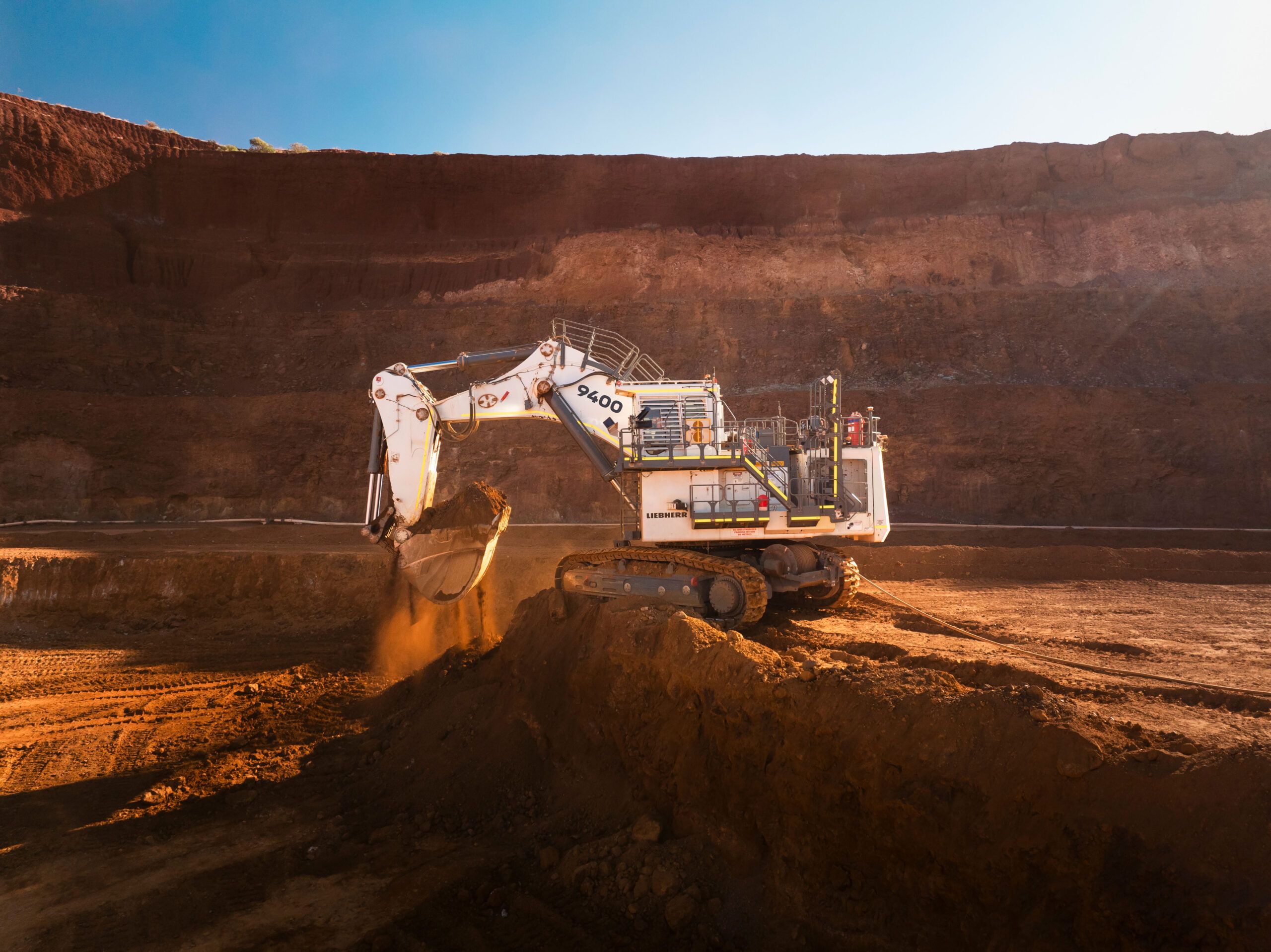
Along with the T 264, the R 9400 E cable-powered electric excavator is being produced as part of the Liebherr-Fortescue partnership, with 55 machines set to be deployed
The power battery charges within 12 minutes, designed for operations with readily available charging infrastructure. While offering less energy storage, it provides more frequent charging cycles and longer lifecycle. “This is where you would use the automated charging solution using the robotic arm,” says Larissa Lunitz, head of public relations at Liebherr.
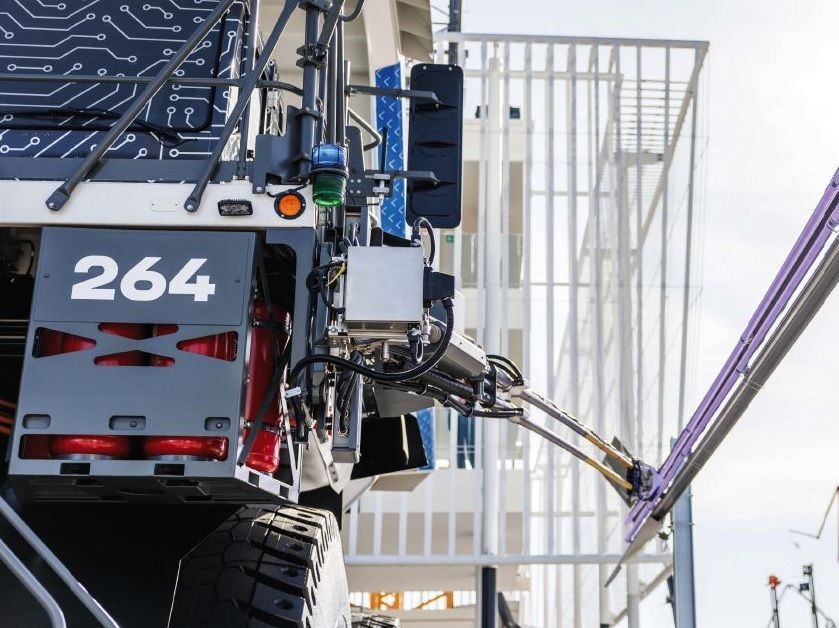
The dual battery configuration approach provides flexibility, allowing sites to choose the optimal solution based on their specific infrastructure and operational requirements.
Growing OEM capacity
Supporting this massive fleet means Liebherr is making investments. “We are on track with our investment plans to develop our global infrastructure to ensure that we can accommodate the expansion of our business and provide our customers with larger quantities and a wider range of zero emission technology,” says Michael Arndt, executive vice president of service and quality at Liebherr-Mining Equipment.
The partnership with Liebherr also extends beyond Fortescue’s operations. Both companies have confirmed that their zero-emission mining ecosystem will become available to the broader mining industry. “The technology developed as part of this record-breaking deal will not only support our customers along their decarbonisation journeys but also help us honour our commitment to offer completely fossil fuel free hauling, loading and dozing solutions by the end of the decade,” says Dr Lukowski, executive vice president of sales and marketing at Liebherr-Mining Equipment.
Forrest positions this transition as economically driven rather than purely environmental: “We’re not here to be altruistic. We’re not here to be philanthropic. We’ve got to pay the wages. We’re going to pay off the construction equipment we buy. Yes, we have a return to shareholders. Otherwise, we can’t pay our taxes.”
Fortescue analysis suggests renewable energy solutions can compete directly with other low emission power sources, with operating costs at $15-$45 per megawatt hour, comparing favourably with LNG at $90-$100 per MWh and nuclear at $60-70 per MWh.
“The power rail takes the traditional benefit of trolley assist, which is done through overhead lines, but does it through a side mounted rail”
Looking forward
This partnership represents more than a single large equipment order – it demonstrates the technical and economic viability of large-scale mining electrification. With both companies committed to making their zero-emission ecosystem available to the broader industry, this collaboration has the potential to catalyze wider adoption of electrification technologies across the mining sector.
The validation timeline through 2026 will provide crucial real-world data on the performance of these integrated systems under actual mining conditions. Success could establish the template for industrywide transformation, positioning this partnership as the foundation for a fundamentally different approach to mining operations.


